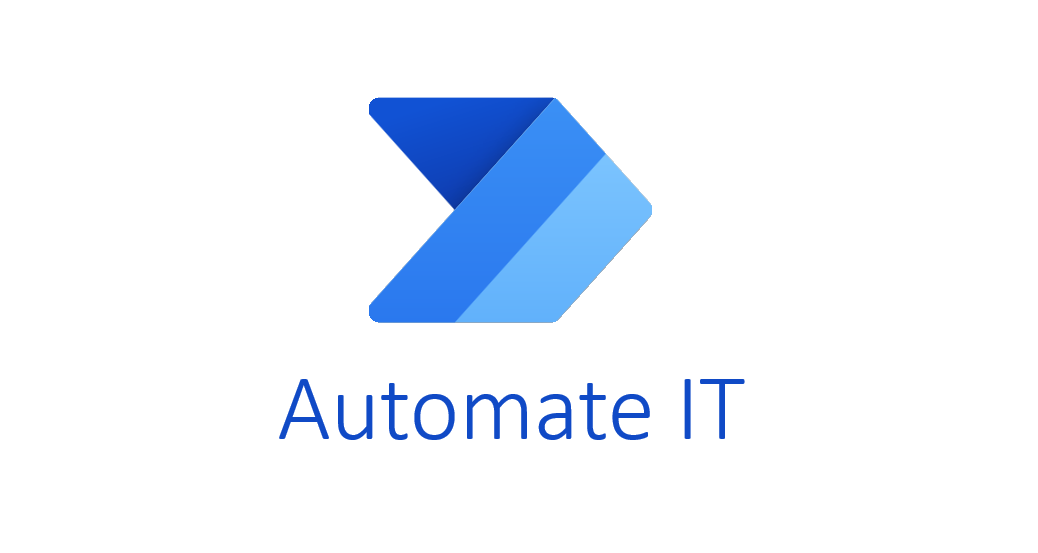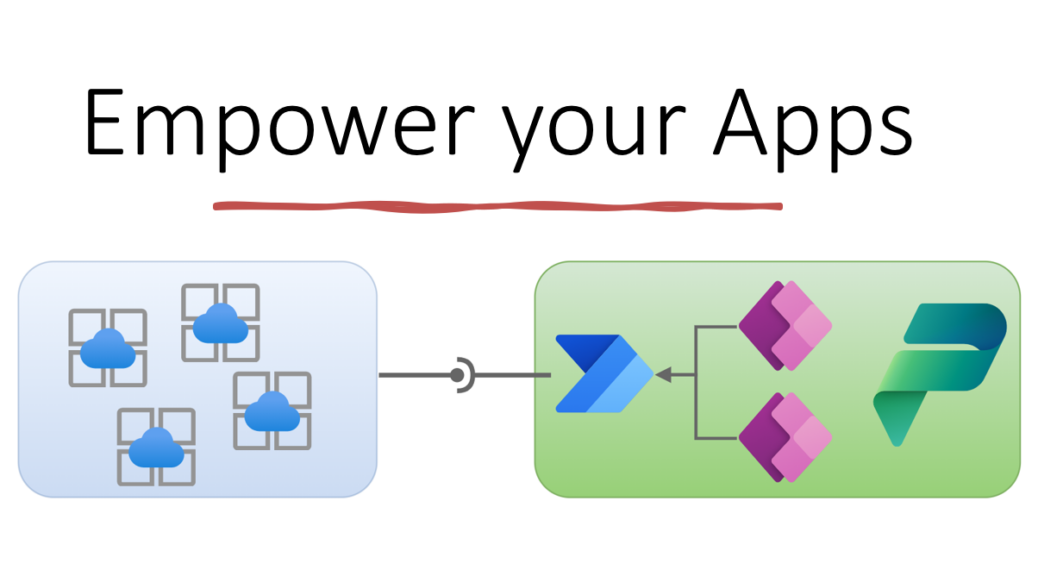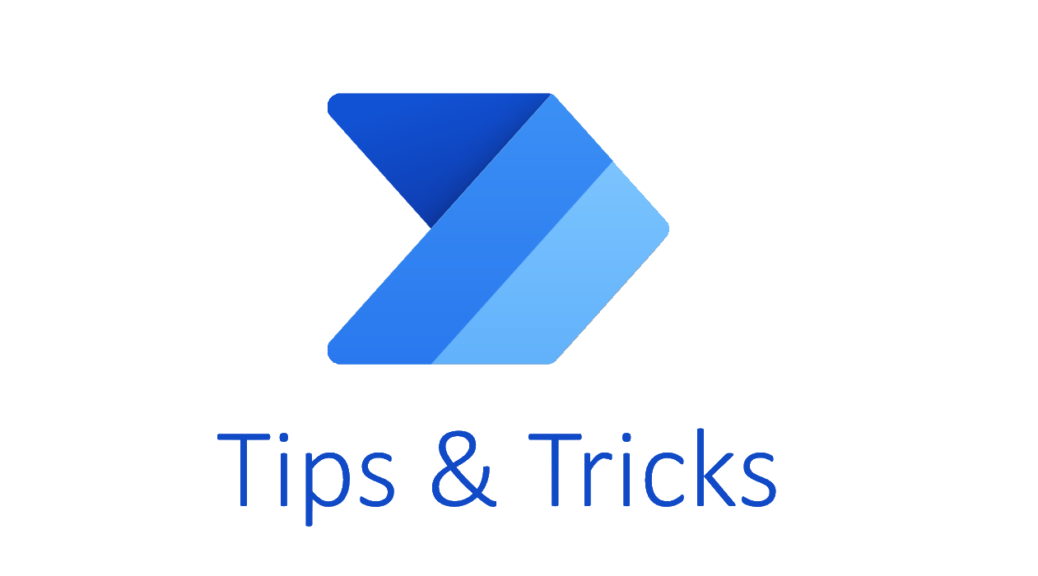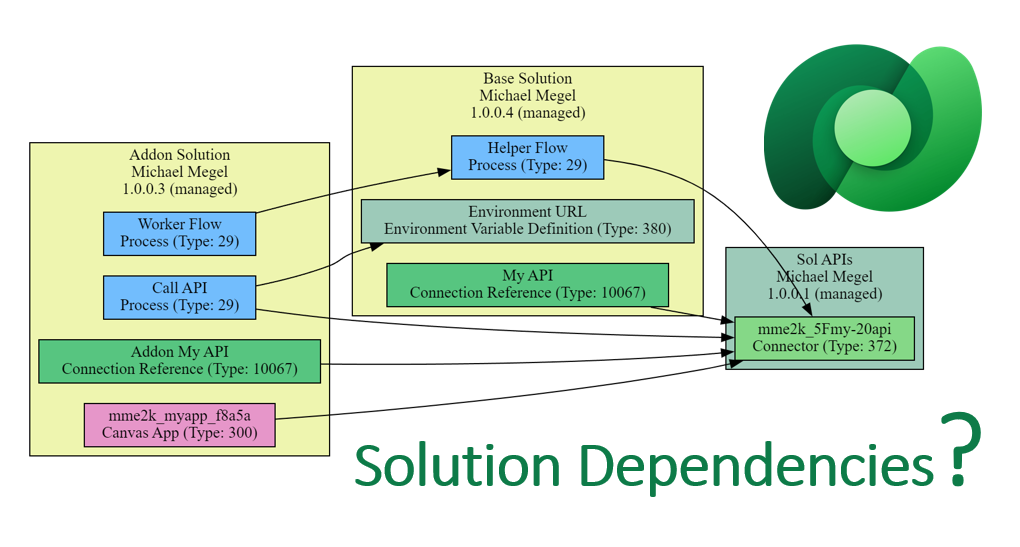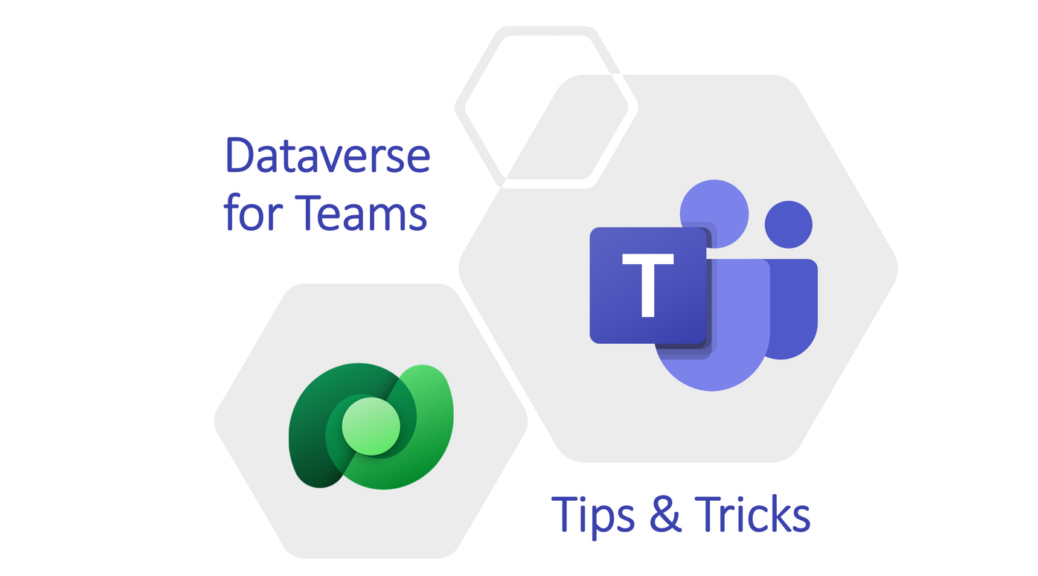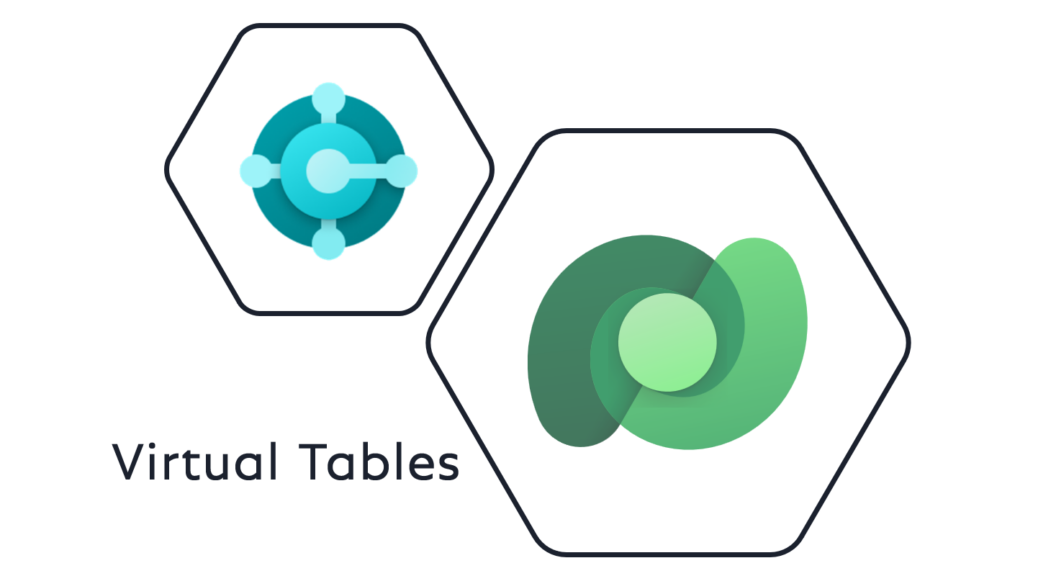Authorize from Swagger UI
Authorization is a must for APIs, there is no question about that! On the other hand, development and testing becomes more difficult. So I’d like to introduce you to the feature “Authorize” in Swagger UI that I recently discovered. I have to say, I’m impressed! As a developer, I often use Swagger UI to test my APIs, but I’ve always struggle when it comes to authentication. In the past, I couldn’t test my API in Swagger UI because authentication was…

